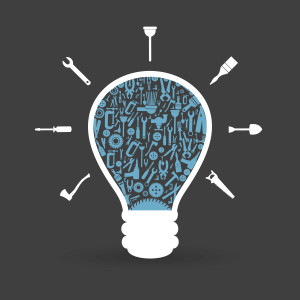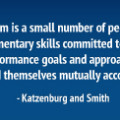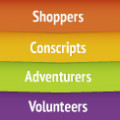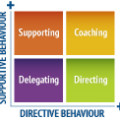 You’ve heard the saying a picture is worth a thousand words. And we tell stories in our training programs so we can illustrate our key messages, so you could say a picture is worth a thousand stories.
You’ve heard the saying a picture is worth a thousand words. And we tell stories in our training programs so we can illustrate our key messages, so you could say a picture is worth a thousand stories.
In this post I want to talk about the value of the visual image, and how we can use it in training.If you think about it, we are always attracted (good or bad) to imagery: billboards, magazine ads, photos shared on social media.
Big brands understand the meaning behind symbols and spend bookoo bucks creating a memorable icon for their product or service.It’s our right brain that loves the visual. It goes deeper into our psychology when we are exposed to photos that trigger a reaction.
So how can we use Imagery to get greater engagement in our learning environments? Y’know those free postcards you see racked up in café’s and restruants; grab as many as you can. Or if you’re super keen, go search IStock Photo or Shutterstock for groovy pics – main thing is, get a collection of great images going.
If you download a bunch of photo’s, grab ones with just one image on them eg; a table, a broom, a watermelon, a wheelbarrow etc. Now you have the basis for a bunch of cool activities
1. Get everyone to pick two cards at random and link what they have on the cards to two qualities they feel they possess.
2. Use a workplace example such as, ‘how can we streamline our ordering process’? then give small groups about 5 cards and come up with ideas that link to one of the cards.
3. Give each person three cards. On one card they write an object (eg, a football), on the second they write what it does (eg. Gets kicked) and on the third they write a description (eg, it’s leather).
You then create 3 piles of cards, one for object, one for function and one for description. The group breaks into teams of 2-4 people and each team draws one card from each pile so they have one random object, function and description. Each group then has 10 minutes using all 3 attributes to create a new product, service line, system or process etc.
4. Have participants grab a random post card and describe what they see on the card in relation to how they see there role in the team/department/organization.
That’s just a couple of ideas for using photo’s. There are a bunch more. It’s just a nice way to bypass the rational left brain and generate some creative insight.
If you visit www.slideshare.com you will see great examples of how imagery is used to emphasize a message.
Have you seen other ways to use photo’s and imagery to bring training to life?







